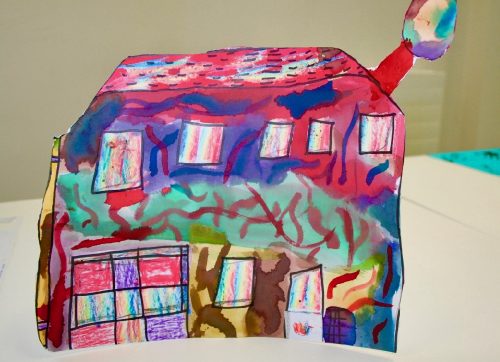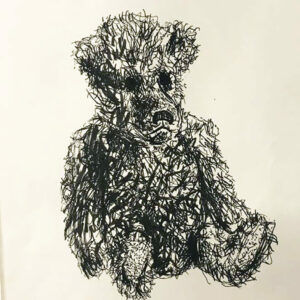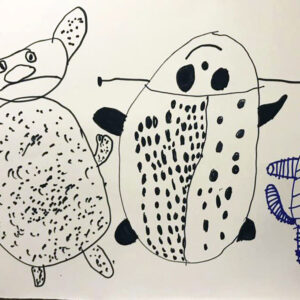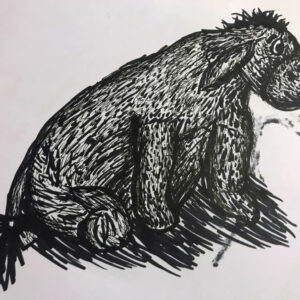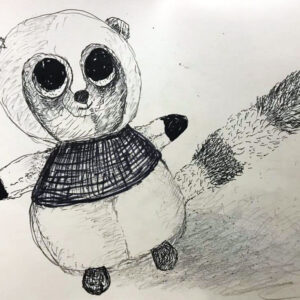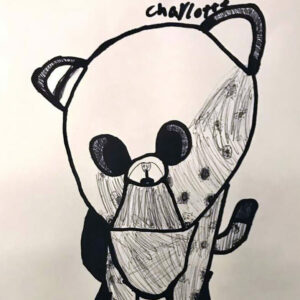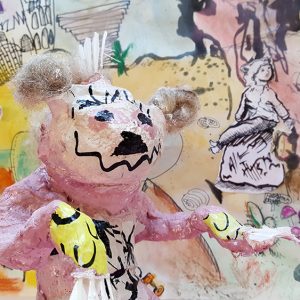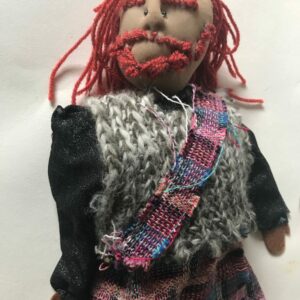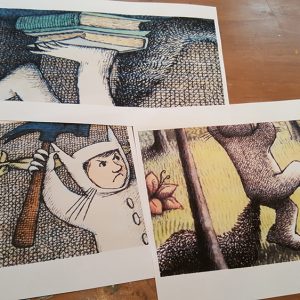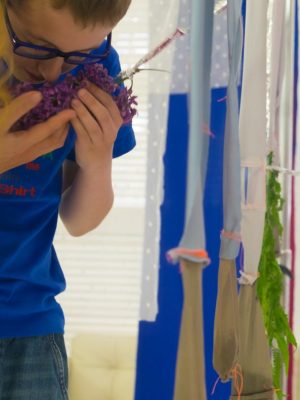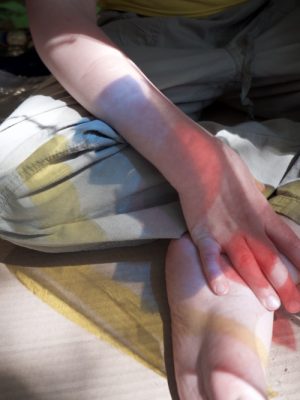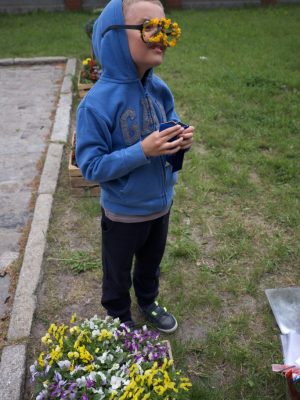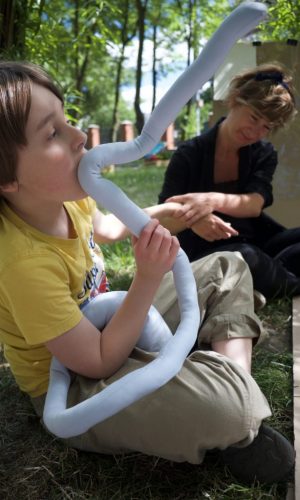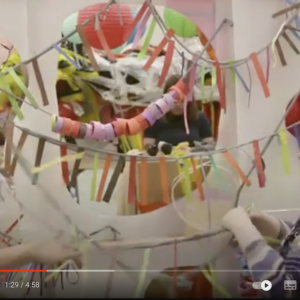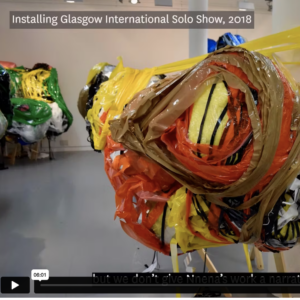By Paula Briggs
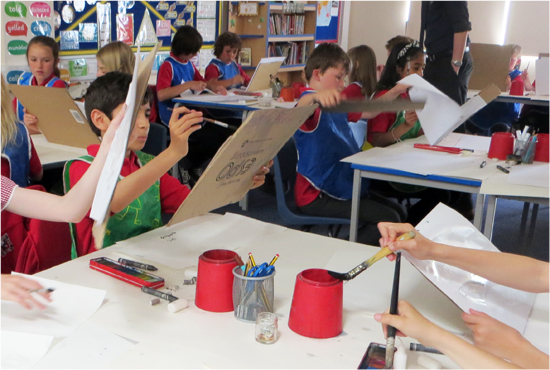
Guided sessions can provide an invaluable way to pass on knowledge and open minds, whether you are working with a small or large group, or even whole class. AccessArt has been using guided sessions as warm-ups very successfully for many years, with children from as young as 5, through to adults and teachers CPD.
This short resource explains how you might run a guided session, and what kinds of themes work best.
-
What is a Guided Session?
A guided session is a session in which the facilitor or teacher talks pupils or students through a process or area of exploration, whilst they undertake that exploration. The whole group works at the same pace, led by the facilitator. Guided sessions require that the students and pupils work quietly (so they can hear the facilitator), and that the facilitator takes an active, verbal role throughout the session.
Guided sessions are usually brief but intense, usually lasting 5 to 15 minutes.
-
What are the Benefits of Running a Guided Session?
Guided sessions can:
- Help establish a shared experience
- Help open minds to new ideas, techniques and materials
- Enable the whole group make similar progress by creating a sense of pace (more hesitant students are encouraged onwards and there is little time for lack of confidence to get in the way)
- Help share the responsibility of making art (i.e. the facilitator takes some of the weight away from the pupils/students by verbalising the process as the student undertakes the process
- Create a body of work for reflection
- Prepare the group towards the next step
- Enable the facilitator to better understand the ability/understanding of pupils/students
-
What Kinds of Activities are Suited to Guided Sessions
Guided sessions work best when used during activities which focus upon an exploration of media, or an exploration of a particular approach. For example:
- An exploration of a particular media, such as watercolour, charcoal or pencil
- An exploration of a particular way of working, for example, making drawings inspired by sound
Guided sessions work well when used as the very first introduction to a material, but equally they can be used to create a sense of community with more experienced students.
-
How to Set Up a Guided Session
Guided session require that the students or pupils are quiet and settled, so make sure each student has everything they need before the session starts. Avoid students moving around the room and disrupting the session by having all materials by each student. This might include:
- Paper
- Drawing materials
- Subject matter (if you are doing any kind of observational drawing)
Think about how the room is set up. If you are using desks, you might consider moving them so as to create a circle and enable all students to face inwards. However you set up the room, make sure all students will be able to hear the facilitator.
-
The Role of the Facilitator
During a guided session the facilitator should try to:
- Be clear about the aims of the session and set expectations
- Be clear about the structure of the session (have notes in front of you as you talk)
- Sound confident and enthusiastic (the voice of the facilitator is key to a guided session)
- Keep focussed
- Be encouraging (intersperse your monologue with comments directed at pupils)
- Keep to a timeframe: allow enough time for students to try each activity whilst also maintaining a pace so there is no hanging about or waiting.
-
What Happens after a Guided Session?
Always allow time after a guided session, and ideally before the follow on session, to look at the work produced and reflect upon it as a group.
-
Examples of Guided Session Activities
See the examples below.
